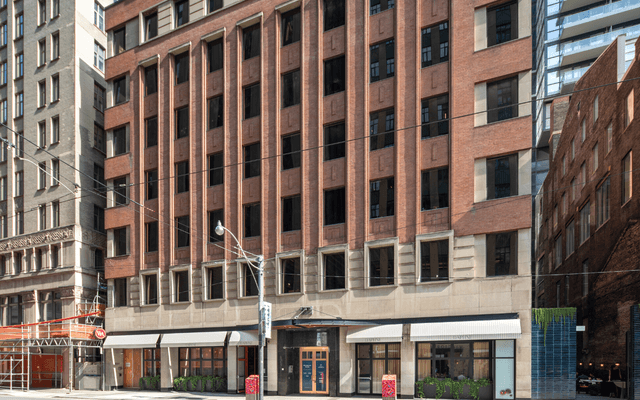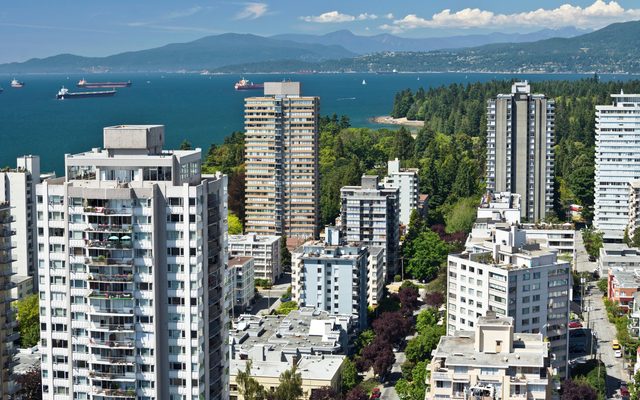- What Canada’s average rent price hit a record $1,521
- Why Population growth continues to drive demand for apartments
- What next Demand for two- and three-bedroom units is expected to increase
Apartment rent growth retreated from peak levels in Q2 and is expected to continue to slow, but strong housing demand amid limited supply continues to drive Canada’s multifamily market, Yardi said in a new national outlook report.
The average national rent price jumped $18 in Q2 to a record $1,521. That marks a 1.2% increase quarter over quarter and a 6.3% rise year over year. The annual change is down slightly from the 6.5% year-over-year increases seen in the previous two quarters but remains well above long-term levels, the firm said.
“We have a significant supply issue, and simple supply-and-demand fundamentals have come into play,” Wayne Tuck, senior director of Canadian residential for Yardi, told Green Street News. “We’ve seen significant demand, obviously, for rental apartments, and it’s had an impact on pricing.”
The prairie provinces led in rent growth as people continue to move to Alberta and Saskatchewan in search of more-affordable housing. Calgary saw rents grow 12.9%, while rents in Saskatoon jumped 9%. In Edmonton, prices increased 8.5%.
“It’s the in-migration, but it’s also that those are jurisdictions where there are no rent controls in place,” Tuck said.
New lease rent prices are a better market indicator
Rent growth for new leases on units that have been vacated dipped slightly to 10% in Q2, down 50 basis points from Q1 but still historically high.
This metric in areas where leases are not subject to rent control upon turnover — which is all provinces and territories except P.E.I. and, to a lesser degree, Manitoba — is a good measure of supply-demand conditions, Yardi said.
Rent prices on new leases increased fairly consistently across studio (10%), one-bedroom (9.9%), two-bedroom (10.1%) and three-bedroom units (9.3%).
Vacancy rates hitting a bottom?
The rate of annual turnover, a measure of the number of residents who didn’t renew their leases over the past 12 months, remained relatively flat at 22.9%, down just 10 bps from the previous quarter.
“If you look at the annual turnover percentage in the last four reports we’ve done, it’s been around 23%. It’s not really changing, and it hasn’t changed in a material way since April of 2022, when it was at 24.2%,” Tuck said.
Turnover, however, is down noticeably from the 28% notched in 2020.
The 3% national vacancy rate seen in Q2 is up 30 bps from the same time last year, Yardi said. Vacancy rates in cities such as Calgary (4%), London (3.5%) and Kitchener (3.4%) were all above average, while rates in Toronto (2.8%) and Vancouver (2.4%) were both below average.
“Turnover has remained pretty consistent and vacancy similarly. If you look at the national vacancy rate, it has also hovered around 3% for the last four or five quarters,” Tuck said. “So, we haven’t seen much in the way of further declines in vacancy or turnover, which has led me to believe that we’re really seeing a floor there.”
Interestingly, the increase in vacancy was largely concentrated in studio units, which have a national vacancy rate of 5.3%.
“We’ve seen, because of the housing crisis and the increase in housing costs, there have been a lot more situations where renters are sharing,” Tuck said. “Rather than taking a [studio], I think the preference for a younger demographic is to find a couple of roommates and share.”
Looking ahead, Tuck says he expects demand for two- and three-bedroom units to continue growing as more renters look for shared accommodations.




